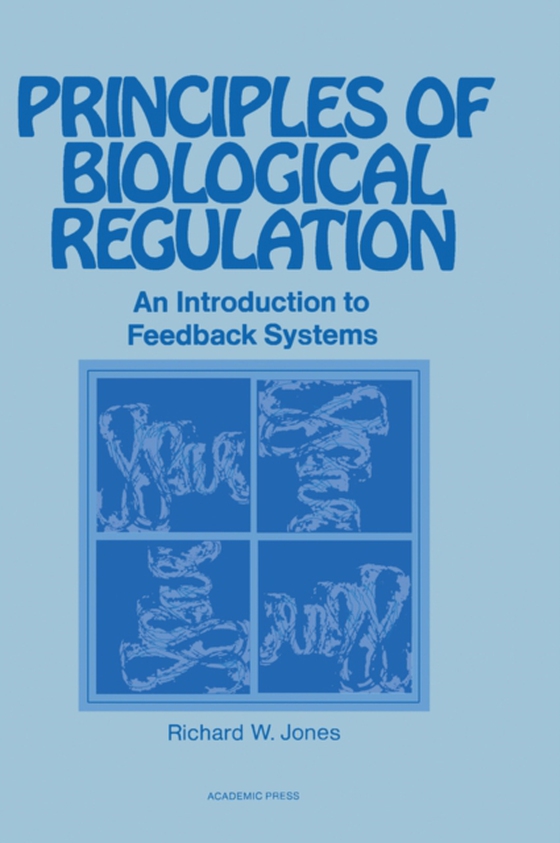
Principles of Biological Regulation e-bog
546,06 DKK
(ekskl. moms 436,85 DKK)
Principles of Biological Regulation: An Introduction to Feedback Systems presents some understanding of control, regulatory, and feedback mechanisms in biological systems. This book discusses concepts related to the dynamic behavior of both individual biological processes and systems of processes that make up an organism. Comprised of 10 chapters, the book also describes the characteristics of ...
E-bog
546,06 DKK
Forlag
Academic Press
Udgivet
2 december 2012
Længde
374 sider
Genrer
Biology, life sciences
Sprog
English
Format
pdf
Beskyttelse
LCP
ISBN
9780323153539
Principles of Biological Regulation: An Introduction to Feedback Systems presents some understanding of control, regulatory, and feedback mechanisms in biological systems. This book discusses concepts related to the dynamic behavior of both individual biological processes and systems of processes that make up an organism. Comprised of 10 chapters, the book also describes the characteristics of biological feedback systems, focusing on the physical concepts. After briefly dealing with involved regulatory processes in biological systems, the book goes on discussing the flow or transport of material through a series of processes in the steady-state. Next chapter uses superposition principle to explain the changes that biological systems undergo following a disturbance or under dynamic behavior. The subsequent chapters cover the fundamental principles of negative biological feedback and to the effects it produces both under steady-state and dynamic behavior. Other chapters describe the effect of sinusoid signals on biological processes and present some stability criteria applied to technological systems and also their value in the study of homeostatic processes. The book also discusses some aspects of homeostats that seem to distinguish them from technological feedback systems. These features include not only the components themselves and their organization, but also the experimental problems involved in their study. The concluding chapters describe nonlinear behavior with great relevance to homeostatic systems and rate processes (production or destruction) for which the roles of stimulus and initial conditions are different. Mathematical relations developed from the conservation of mass and the mass action for chemical reactions are also presented. The book is an invaluable resource for life scientists and researchers.
 Dansk
Dansk

